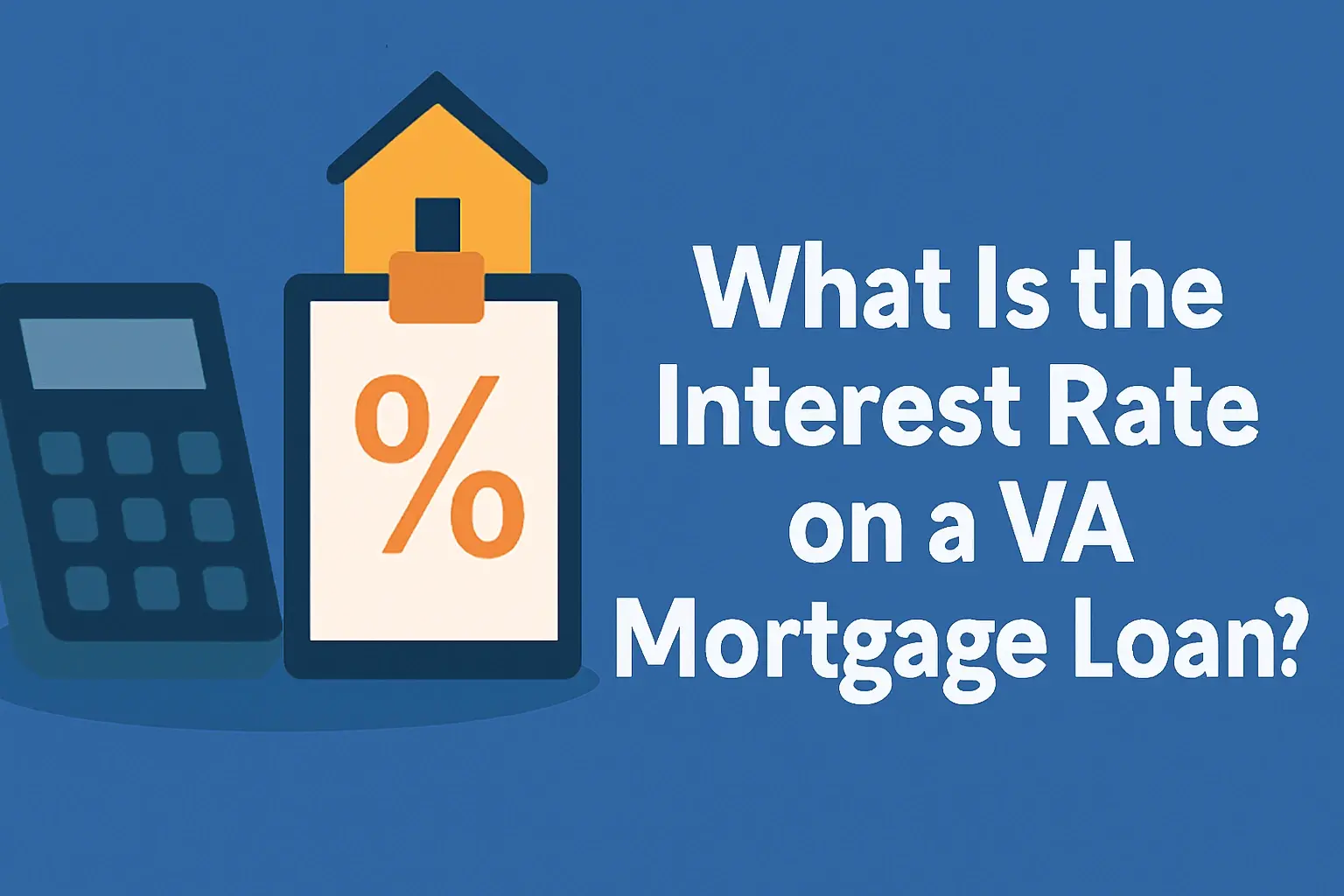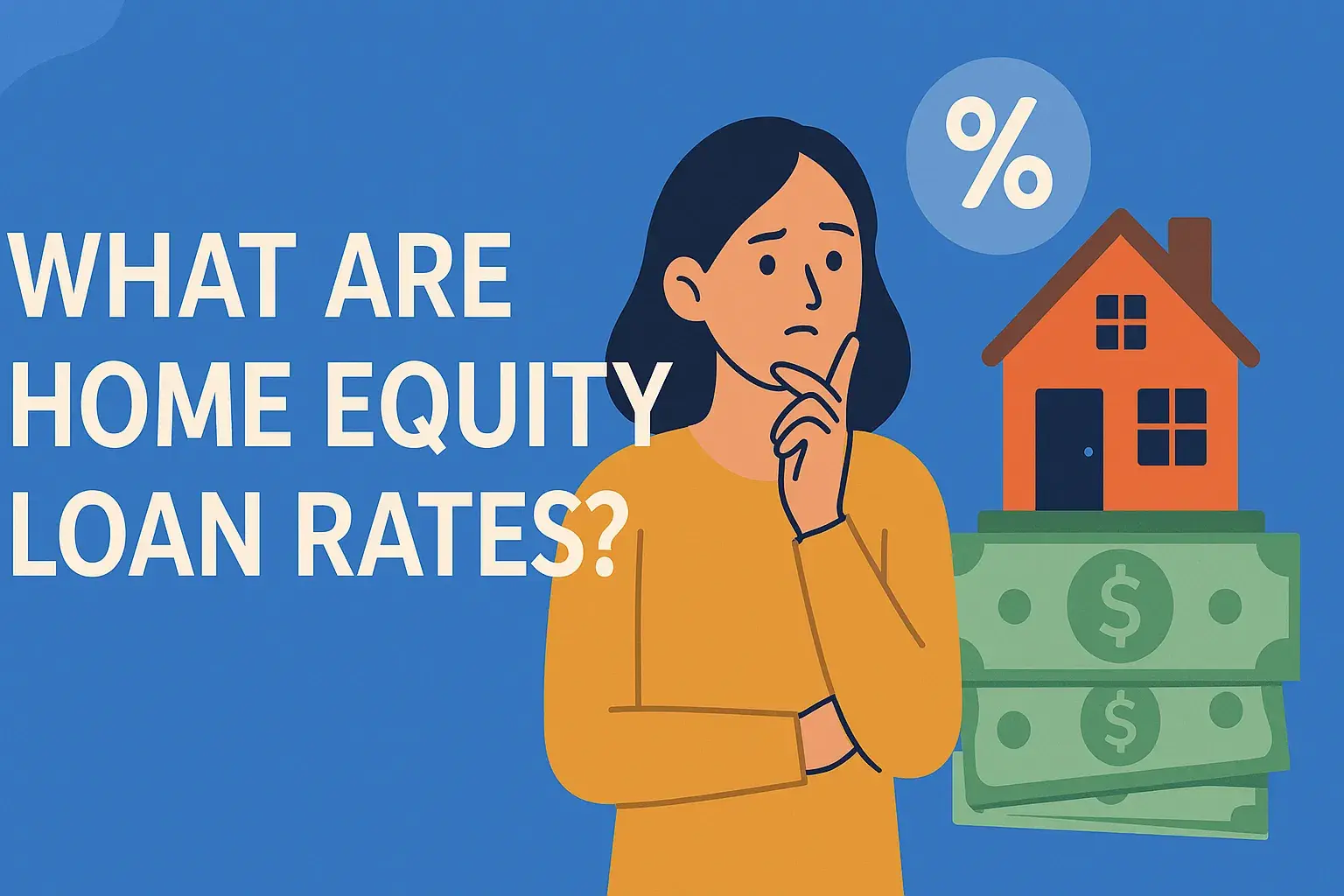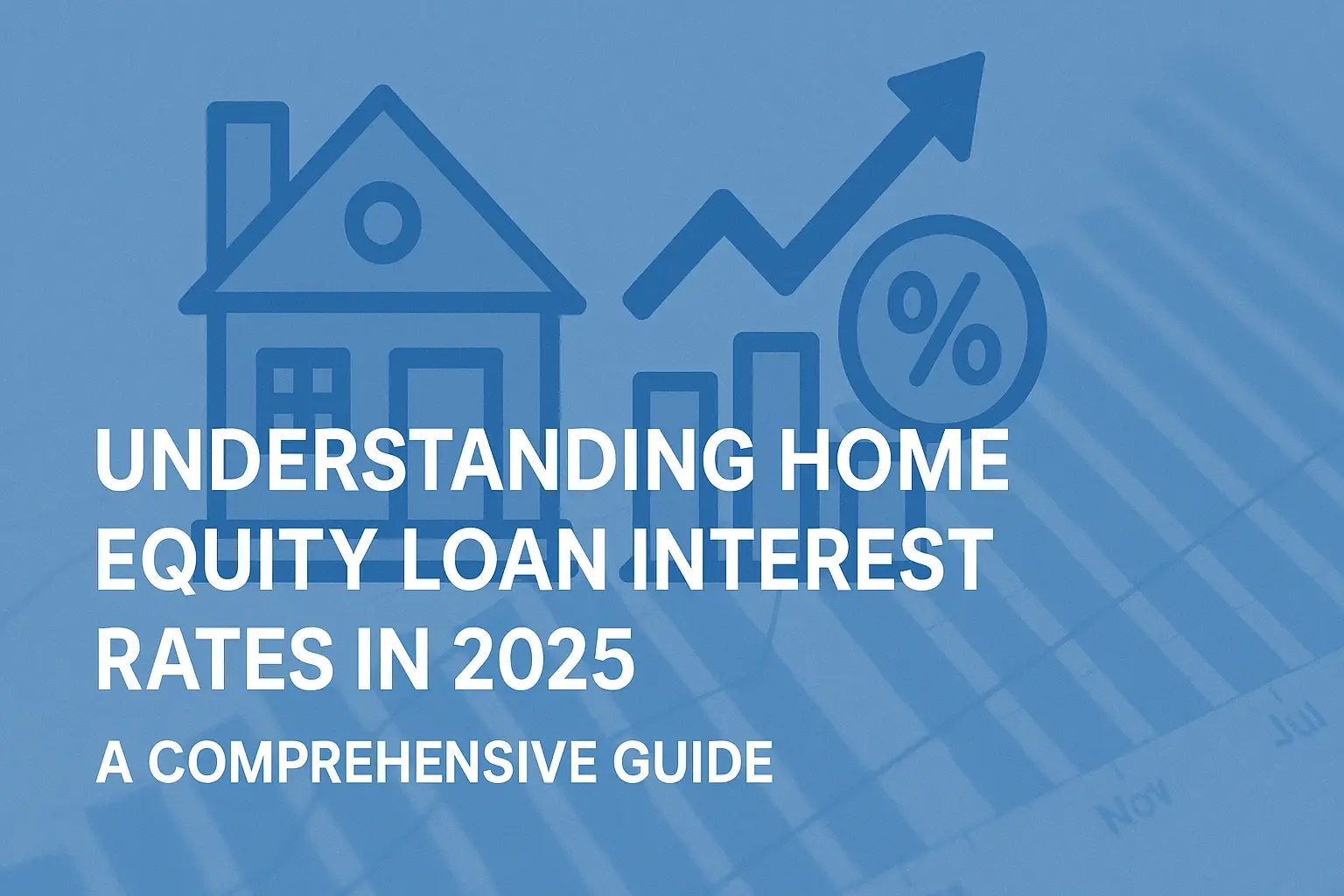-
Posted on: 23 Aug 2024

-
Buying a home is a significant milestone, but a less-than-perfect credit score can make this dream feel out of reach. While having bad credit certainly presents challenges in the mortgage application process, it's not an insurmountable obstacle. This comprehensive guide provides actionable strategies and expert tips on how to navigate the home loan landscape with bad credit, increasing your chances of approval and securing a home you love.
Understanding Bad Credit and Home Loans
Before diving into solutions, let's define what "bad credit" means in the context of home loans and why it matters.
What is Considered Bad Credit?
Credit scores typically range from 300 to 850. Generally, a score below 620 is often considered "bad credit" by many lenders, though this can vary. A score between 620 and 679 is considered "fair," 680 to 739 is considered "good," 740 to 799 is "very good," and 800 or above is considered "excellent." The lower your credit score, the riskier you appear to lenders.
Why Does Credit Score Matter for Home Loans?
Your credit score is a primary factor lenders use to assess your creditworthiness. It reflects your history of managing debt and paying bills on time. A low score suggests a higher risk of default, leading to:
- Higher Interest Rates: Lenders charge higher interest rates to borrowers with bad credit to compensate for the increased risk. This can significantly increase the total cost of your mortgage over time.
- Difficulty Getting Approved: Many traditional lenders have strict credit score requirements and may deny your application altogether.
- Stricter Loan Terms: Even if approved, you might face stricter loan terms, such as a higher down payment requirement or shorter repayment period.
Steps to Take Before Applying for a Home Loan with Bad Credit
Don't rush into the application process without first taking these crucial steps to improve your situation.
1. Check Your Credit Report for Errors
Start by obtaining a free copy of your credit report from each of the three major credit bureaus (Equifax, Experian, and TransUnion) at AnnualCreditReport.com. Carefully review each report for inaccuracies, such as incorrect account balances, late payments listed in error, or accounts that don't belong to you.
How to Dispute Errors
If you find any errors, dispute them directly with the credit bureau in question. Provide supporting documentation to back up your claim. The credit bureau is required to investigate the dispute within 30 days and update your report accordingly.
2. Improve Your Credit Score
Even small improvements to your credit score can make a big difference in your loan options and interest rates. Here are some effective strategies:
- Pay Bills On Time, Every Time: Payment history is the most significant factor in your credit score. Set up automatic payments or reminders to avoid missing deadlines.
- Reduce Credit Card Debt: Aim to lower your credit utilization ratio (the amount of credit you're using compared to your total available credit). Ideally, keep your credit card balances below 30% of your credit limit, and even better, below 10%.
- Avoid Opening New Credit Accounts: Opening multiple new credit accounts in a short period can lower your average account age and negatively impact your credit score.
- Consider a Secured Credit Card: If you have limited or no credit history, a secured credit card can be a good way to build credit. You'll need to deposit funds as collateral, which will serve as your credit limit.
- Become an Authorized User: If you know someone with good credit who is willing to add you as an authorized user to their credit card account, this can help boost your credit score, as their positive payment history will be reflected on your credit report.
3. Save for a Larger Down Payment
A larger down payment demonstrates to lenders that you have more "skin in the game" and are less likely to default on the loan. It can also offset the risk associated with your bad credit.
Benefits of a Larger Down Payment:
- Lower Monthly Payments: A larger down payment reduces the loan amount, resulting in lower monthly payments.
- Lower Interest Rates: Lenders may offer lower interest rates to borrowers who make larger down payments.
- Increased Equity: A larger down payment gives you more equity in your home from the start.
- Avoidance of Private Mortgage Insurance (PMI): Typically, a down payment of 20% or more eliminates the need for PMI, saving you money each month.
4. Lower Your Debt-to-Income Ratio (DTI)
Your DTI is the percentage of your gross monthly income that goes towards paying debts. Lenders use DTI to assess your ability to manage your monthly debt obligations. A lower DTI indicates that you have more disposable income available to cover your mortgage payments.
How to Lower Your DTI:
- Pay Down Debt: Prioritize paying down high-interest debt, such as credit card debt, to reduce your monthly debt payments.
- Increase Your Income: Explore opportunities to increase your income, such as taking on a side hustle, asking for a raise, or finding a higher-paying job.
Loan Options for Borrowers with Bad Credit
Even with bad credit, several loan options are available. Understanding these options is crucial to finding the right fit for your situation.
1. FHA Loans
FHA (Federal Housing Administration) loans are insured by the government and are designed to help borrowers with lower credit scores and smaller down payments achieve homeownership. FHA loans typically require a minimum credit score of 500, although a score below 580 may require a larger down payment (typically 10%). With a credit score of 580 or higher, you may qualify for a down payment as low as 3.5%.
Benefits of FHA Loans:
- Lower Credit Score Requirements: More lenient credit score requirements compared to conventional loans.
- Lower Down Payment Options: Smaller down payment requirements, making homeownership more accessible.
- More Flexible Qualification Standards: FHA loans may be more forgiving of past credit issues than conventional loans.
Drawbacks of FHA Loans:
- Mortgage Insurance Premium (MIP): FHA loans require both an upfront and annual MIP, which adds to your monthly mortgage payment. The annual MIP is typically paid throughout the life of the loan.
- Loan Limits: FHA loans have loan limits that vary by county.
2. VA Loans
VA (Department of Veterans Affairs) loans are guaranteed by the government and are available to eligible veterans, active-duty service members, and surviving spouses. VA loans are known for their favorable terms, including no down payment requirement and no private mortgage insurance (PMI).
Benefits of VA Loans:
- No Down Payment: Most VA loans require no down payment.
- No Private Mortgage Insurance (PMI): VA loans do not require PMI, saving you money each month.
- Competitive Interest Rates: VA loans typically offer competitive interest rates.
- Flexible Credit Requirements: While there isn't a strict minimum credit score, lenders generally prefer a score of 620 or higher.
Drawbacks of VA Loans:
- Eligibility Requirements: Strict eligibility requirements based on military service.
- Funding Fee: VA loans require a funding fee, which is a percentage of the loan amount that goes to the VA. This fee can be financed into the loan.
3. USDA Loans
USDA (United States Department of Agriculture) loans are available to eligible borrowers purchasing homes in rural or suburban areas. These loans are designed to promote homeownership in less densely populated areas and offer benefits like no down payment requirement for eligible borrowers.
Benefits of USDA Loans:
- No Down Payment: USDA loans typically require no down payment, making them an attractive option for first-time homebuyers.
- Low Interest Rates: USDA loans often come with competitive interest rates, similar to VA loans.
- Government Guarantee: The USDA guarantees a portion of the loan, which reduces the risk for lenders and can lead to easier approval for borrowers.
Drawbacks of USDA Loans:
- Geographic Restrictions: USDA loans are only available for properties located in eligible rural areas as defined by the USDA.
- Income Limits: There are income limits for borrowers seeking USDA loans, which vary by area.
- Guarantee Fee: Borrowers are required to pay a guarantee fee, both upfront and annually, to help fund the USDA loan program.
4. Non-QM Loans
Non-QM (Non-Qualified Mortgage) loans are mortgages that don't meet the strict requirements of qualified mortgages. These loans often cater to borrowers with unique financial situations, such as self-employed individuals or those with non-traditional income sources. They can also be an option for borrowers with lower credit scores.
Benefits of Non-QM Loans:
- More Flexible Qualification Standards: More lenient credit score and income requirements compared to qualified mortgages.
- Alternative Income Documentation: May accept alternative income documentation, such as bank statements, instead of traditional pay stubs.
Drawbacks of Non-QM Loans:
- Higher Interest Rates: Typically come with higher interest rates to compensate for the increased risk.
- Fees and Costs: May have higher fees and costs associated with the loan.
5. Working with a Mortgage Broker
A mortgage broker is an intermediary between you and multiple lenders. They can help you find the best loan options for your specific situation, even with bad credit. A good broker will have access to a wide range of lenders, including those specializing in working with borrowers with credit challenges.
Benefits of Using a Mortgage Broker:
- Access to Multiple Lenders: Brokers can shop around for the best rates and terms from a variety of lenders.
- Expert Guidance: They can provide expert guidance throughout the loan application process.
- Save Time and Effort: They can handle the paperwork and communication with lenders on your behalf.
Additional Tips for Getting Approved
Beyond the specific loan options, here are some additional tips to increase your chances of getting approved for a home loan with bad credit.
1. Be Prepared to Explain Your Credit History
Be upfront with lenders about the reasons behind your bad credit. If you experienced job loss, medical bills, or other extenuating circumstances, explain the situation clearly and provide documentation to support your explanation. Demonstrate that you've taken steps to improve your financial situation since then.
2. Consider a Co-Signer
If you have a family member or friend with good credit who is willing to co-sign your loan, this can significantly increase your chances of approval. The co-signer agrees to be responsible for the loan if you default, reducing the lender's risk.
3. Explore Down Payment Assistance Programs
Many states and local communities offer down payment assistance programs to help first-time homebuyers or those with limited financial resources. These programs can provide grants or low-interest loans to help cover your down payment and closing costs.
4. Get Pre-Approved
Getting pre-approved for a mortgage before you start house hunting can give you a competitive edge. It shows sellers that you're a serious buyer and that you've already been vetted by a lender. While pre-approval isn't a guarantee of final loan approval, it provides a good indication of how much you can afford and strengthens your offer.
5. Be Patient and Persistent
Getting a home loan with bad credit can take time and effort. Don't get discouraged if you're initially denied. Continue to work on improving your credit score, saving for a down payment, and exploring different loan options. With persistence and the right strategies, you can achieve your dream of homeownership.








